Screenshot from a video released by Ukrainian president Volodymyr Zelenskyy shows a fire that broke out at the Zaporizhzhia nuclear power plant on August 11, 2024.
Thick, black smoke pouring from one of the cooling towers at Ukraine’s Zaporizhzhia nuclear power plant over the weekend raised alarm about safety at the facility as the military conflict with Russia continues.
On-site staff from the International Atomic Energy Agency witnessed the smoke and reported hearing multiple explosions at Zaporizhzhia, which is the largest nuclear plant in Europe and one of the largest worldwide.
Rafael Mariano Grossi, director general of the International Atomic Energy Agency. (Photo: IAEA)
The peaceful uses of nuclear science and technology today hold more promise to heal the world since Austrian Swedish physicist Lise Meitner and her colleagues discovered nuclear fission in 1938, said Rafael Mariano Grossi, director general of the International Atomic Energy Agency, in a new essay titled “Nuclear Must Be Part of The Solution” published by the magazine Foreign Affairs.
Government leaders gather on stage with IAEA director general Rafael Mariano Grossi at the Nuclear Energy Summit in Brussels on March 21.
International leaders and government representatives from nations that are operating or interested in operating nuclear power plants adopted a Nuclear Energy Declaration on March 21 at the first-ever Nuclear Energy Summit, hosted by the International Atomic Energy Agency and the Belgian government in Brussels, Belgium.
Lotilla (seated, at left) and Blinken (seated, at right) sign the 123 Agreement in San Francisco. Looking on (left to right) are Ann Ganzer, principal deputy assistant secretary, Bureau of International Security and Nonproliferation, U.S. State Department; Ferdinand Marcos Jr., Philippine president; and Daniel Kritenbrink, assistant secretary, Bureau of East Asian and Pacific Affairs, U.S. State Department. (Photo: @SecBlinken/X)
The United States and the Philippines last week signed a civil nuclear cooperation agreement—known in policy wonk jargon as a 123 Agreement.
The Dukovany nuclear power plant. (Photo: INSP)
Elektrárna Dukovany II (EDU II), a subsidiary of Czech utility ČEZ, has received final bids for the construction of a fifth reactor at the Dukovany plant, as well as nonbinding bids for three additional units to be sited at Dukovany and at Temelín, the Czech Republic’s other nuclear power facility. (Dukovany currently houses four Russian VVER-440/V213 pressurized water reactors, while Temelín is home to two VVER-1000/V320s.)
CNSC’s Rumina Velshi (left) and the PAA’s Andrzej Głowacki sign a memorandum of cooperation on advanced and small modular reactors. (Photo: CNSC)
The Canadian Nuclear Safety Commission (CNSC) and Poland’s National Atomic Energy Agency (PAA) have signed a memorandum of cooperation to share best practices and experience in reviewing advanced and small modular reactor technologies. (The two agencies are already engaged in cooperation on nuclear safety matters under a memorandum of understanding inked in 2014.)
This image from a video reportedly shows the start of installation of a protective covering over spent fuel storage tanks at the Zaporizhzhia nuclear power plant in Ukraine. (Image: Telegram/Vladimir Rogov)
Russia has begun construction of protected covering at Ukraine’s Zaporizhzhia nuclear power plant, according to a December 17 report from Russian news outlet RT. The story has been picked up in the West by some news agencies but has not been widely circulated.
Vladimir Rogov, a Russian-appointed official in Zaporizhzhia Oblast, said, “Russia is constructing a protective dome over spent radioactive fuel stores at the [Zaporizhzhia] nuclear power plant as Ukrainian forces continue to target the facility.”
Philippine president Ferdinand R. Marcos Jr. and Vice President Harris meet in Manila on November 21. (Photo: Office of the Press Secretary, Republic of the Philippines)
During a recent weeklong trip to Southeast Asia aimed at bolstering U.S. economic and security ties in the region, Vice President Kamala Harris announced the launch of nuclear energy partnerships with Thailand and the Philippines.
Currently, neither country enjoys the benefits of nuclear power. Both rely primarily on some mix of petroleum, natural gas, and coal for their energy needs.
From left: U.S. undersecretary of state for arms control and international security Bonnie Jenkins; Japan’s state minister of economy, trade, and industry Fusae Ōta; Ghana’s deputy minister of Energy William Owuraku Aidoo; and U.S. assistant secretary for nuclear energy Kathryn Huff. (Photo: DOE Office of Nuclear Energy)
The United States and Japan have announced Winning an Edge Through Cooperation in Advanced Nuclear (WECAN)—a new agreement aimed at supporting the deployment of small modular reactors and other advanced reactor technologies in partner countries.
The Philippine Research Reactor-1 building at the University of the Philippines. (Photo: PNRI)
The research reactor known as SATER (Subcritical Assembly for Training, Education, and Research), housed in at the Philippine Research Reactor-1 building at the University of the Philippines in Quezon City, has become operational. As recently reported by the International Atomic Energy Agency, the core of SATER was loaded with 44 fuel rods, bringing the Philippines its first operational nuclear reactor in 34 years. Through this event, the country has moved a big step closer to meeting the government’s goal of adding nuclear power to its energy resources. The reactor is expected to become fully operational by 2023.
Construction of the IAEA’s international training center for nuclear security is expected to be completed by the end of this year. (Photo: C. Daniels/IAEA)
Construction of the International Atomic Energy Agency’s new Nuclear Security Training and Demonstration Centre (NSTDC) is nearing completion in the town of Seibersdorf, Austria, near the capital city of Vienna. The IAEA expects construction to be finished by the end of the year, allowing for the facility to open and be operational by late 2023.
Rafael Mariano Grossi, the IAEA's director general, addresses the UN Security Council via video link on August 11. (Photo: IAEA)
Contradictory accusations concerning the artillery shelling of the Zaporizhzhia nuclear power plant in war-torn Ukraine continue to be made by the Ukrainians and Russians. Both sides have acknowledged several hits on the facility, including 10 artillery strikes on the plant’s administrative office and fire station on August 11. As the two countries blame each other for the attacks, independent authorities have been unable to verify the opposing claims.
Meanwhile, at a meeting of the UN Security Council, Rafael Mariano Grossi, director general of the International Atomic Energy Agency, warned that the situation was in “a serious hour, a grave hour.” UN secretary general António Guterres added that it could “lead to disaster.”
 The latest edition of Uranium 2024: Resources, Production and Demand, commonly known as the Red Book, reports that current uranium resources are sufficient to meet low- and high-growth nuclear capacity needs through 2050 and beyond, but that further development of resources is still required. Even if nuclear capacity remains stable at 2050 levels through the end of the century, the report noted that cumulative demand “could exceed the current identified uranium resource base of nearly 8 million tonnes by the 2080s under the low-growth demand scenario and by the 2110s under the high-growth demand scenario outlined in this edition.”
The latest edition of Uranium 2024: Resources, Production and Demand, commonly known as the Red Book, reports that current uranium resources are sufficient to meet low- and high-growth nuclear capacity needs through 2050 and beyond, but that further development of resources is still required. Even if nuclear capacity remains stable at 2050 levels through the end of the century, the report noted that cumulative demand “could exceed the current identified uranium resource base of nearly 8 million tonnes by the 2080s under the low-growth demand scenario and by the 2110s under the high-growth demand scenario outlined in this edition.”

 The 2024 edition of
The 2024 edition of 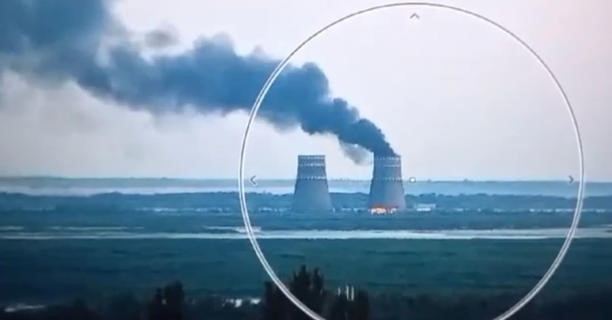
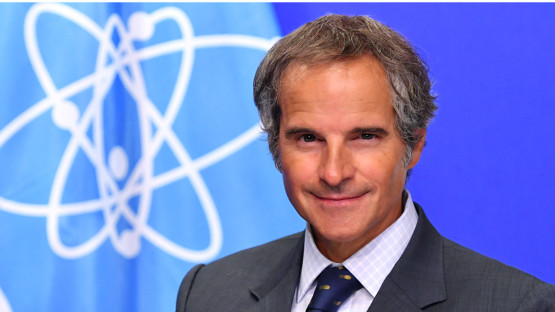



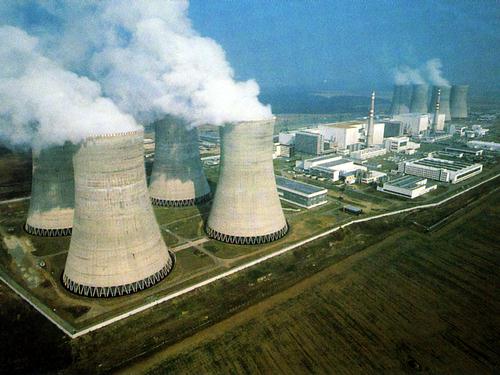
 The International Atomic Energy Agency is
The International Atomic Energy Agency is 



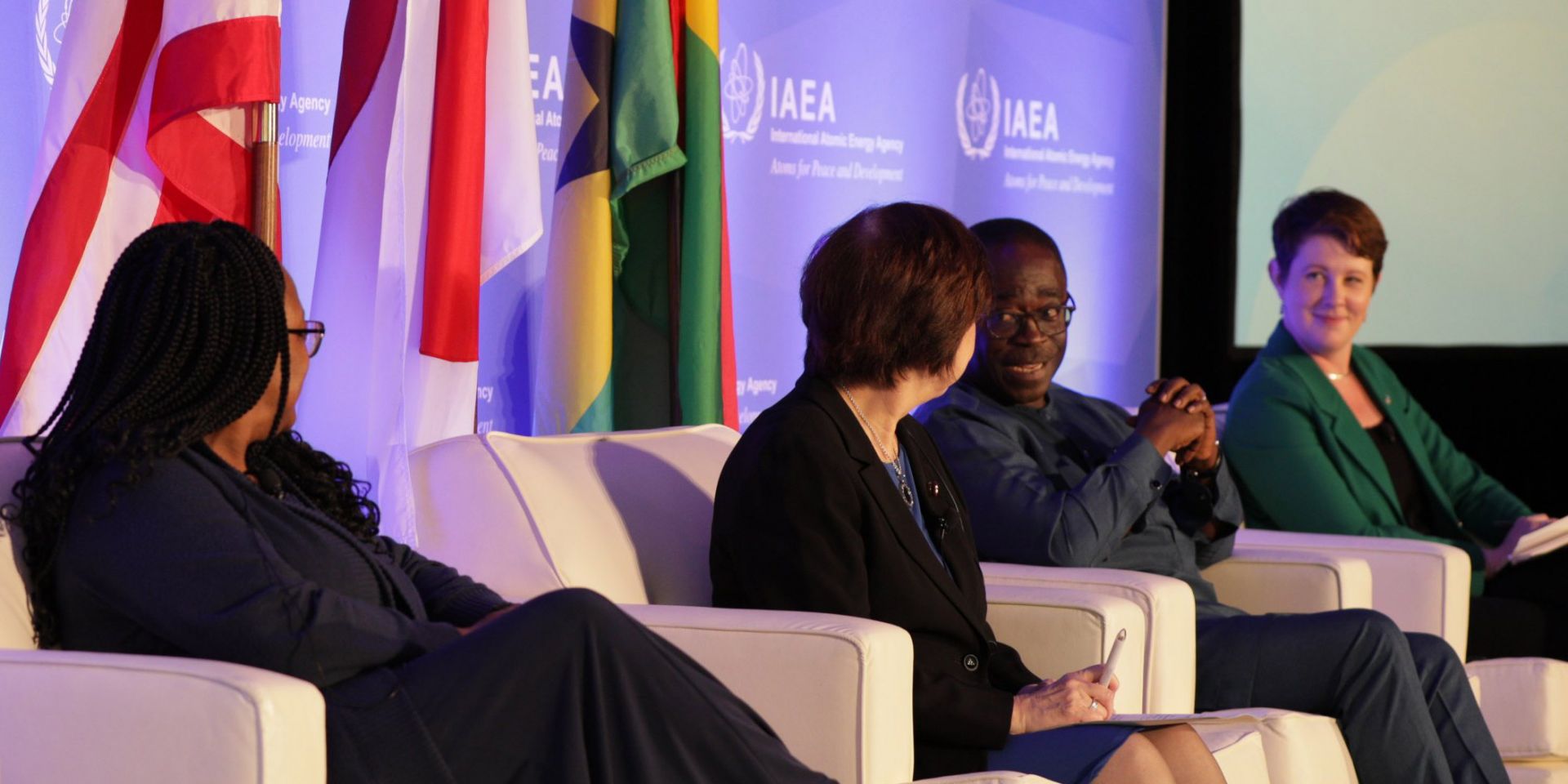
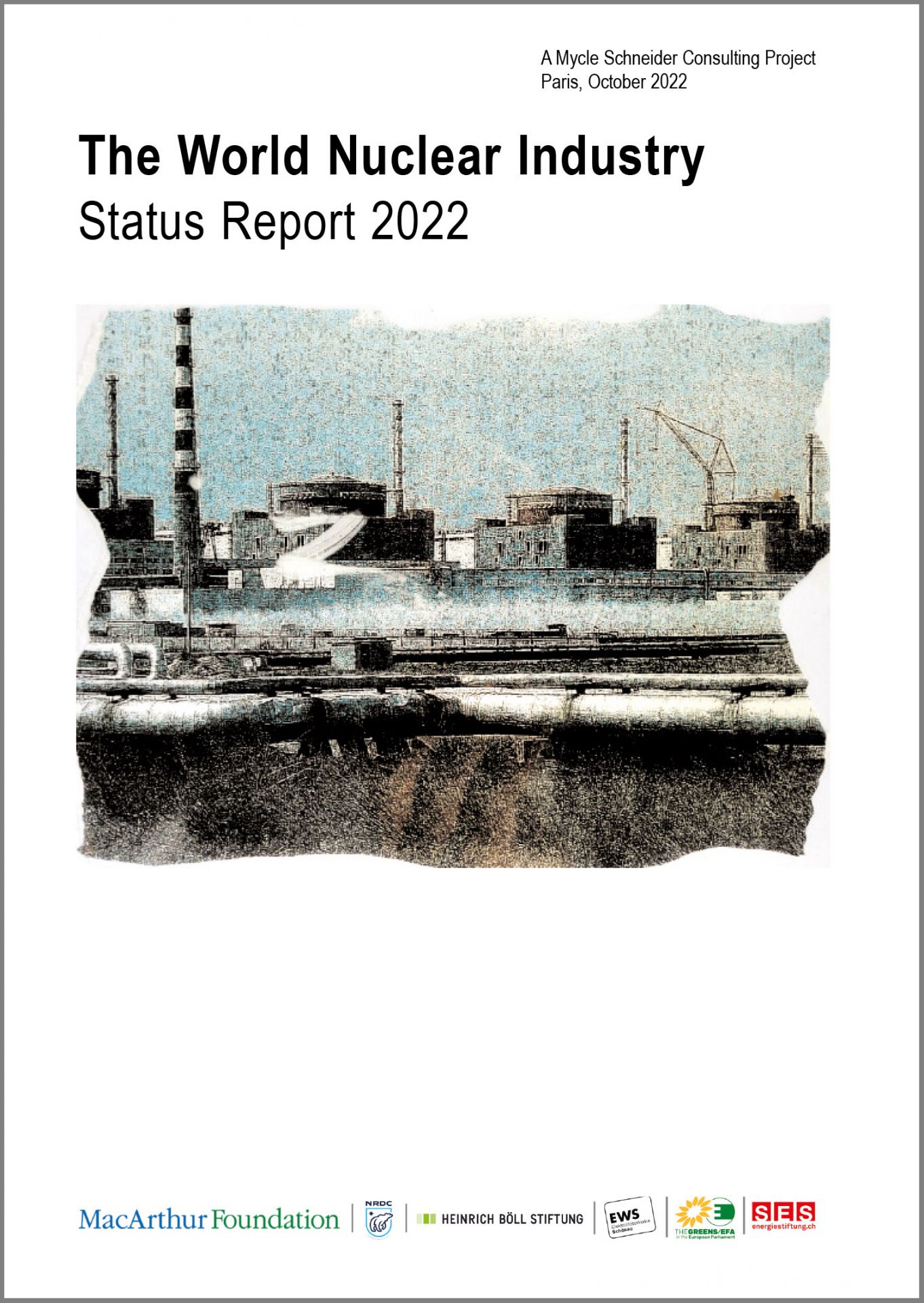 A picture of the state of the global nuclear energy industry has been painted in a
A picture of the state of the global nuclear energy industry has been painted in a 


